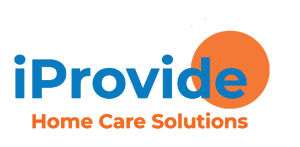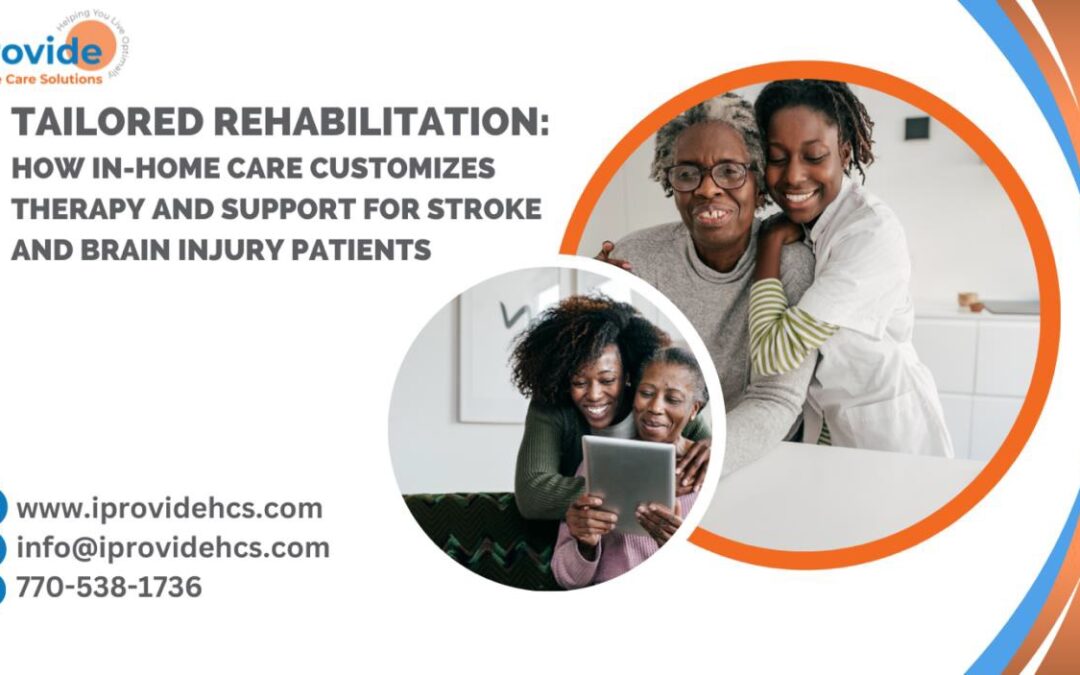Personalized Assessment and Goal Setting
Customized Therapy Programs
Physical therapy focuses on restoring strength, balance, and mobility through exercises, stretching, and gait training. Occupational therapy concentrates on regaining independence in daily activities, such as dressing, eating, and bathing. Speech therapy helps patients recover speech and language abilities, as well as address swallowing difficulties.
The advantage of in-home care is that therapy sessions can be conducted in the patient’s familiar environment, allowing for greater convenience and comfort. Additionally, therapy sessions can be scheduled at times that best suit the patient’s needs, fostering optimal engagement and participation.
Adaptive Equipment and Assistive Devices
Family and Caregiver Involvement
Ongoing Monitoring and Adjustments
Tailored rehabilitation is a fundamental aspect of in-home care for stroke and brain injury patients. By customizing therapy programs, utilizing adaptive equipment, involving family members, and providing ongoing monitoring, in-home care services empower patients to achieve their rehabilitation goals in the comfort of their own homes. The personalized approach not only enhances physical and cognitive recovery but also promotes independence, confidence, and overall quality of life.

